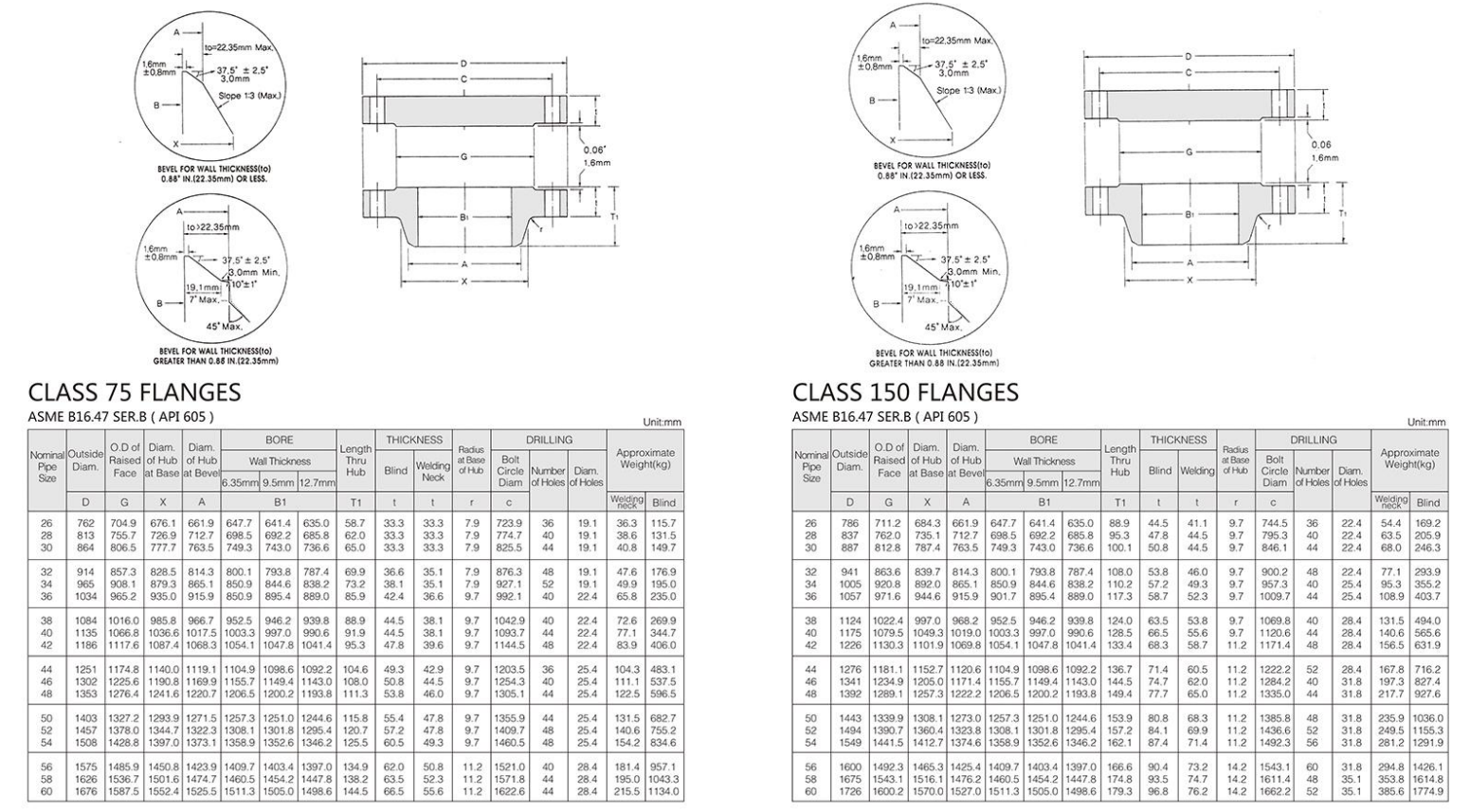-
Cangzhou Yulong Steel Co., Ltd.
-
Phone:
+86 13303177267 -
Email:
admin@ylsteelfittings.com
- English
- Arabic
- Italian
- Spanish
- Portuguese
- German
- kazakh
- Persian
- Greek
- French
- Russian
- Polish
- Thai
- Indonesian
- Vietnamese
- Zulu
- Korean
- Uzbek
- Hindi
- Serbian
- Malay
- Ukrainian
- Gujarati
- Haitian Creole
- hausa
- hawaiian
- Hebrew
- Miao
- Hungarian
- Icelandic
- igbo
- irish
- Japanese
- Javanese
- Kannada
- Khmer
- Rwandese
- Afrikaans
- Albanian
- Amharic
- Armenian
- Azerbaijani
- Basque
- Belarusian
- Bengali
- Bosnian
- Bulgarian
- Catalan
- Cebuano
- China
- China (Taiwan)
- Corsican
- Croatian
- Czech
- Danish
- Esperanto
- Estonian
- Finnish
- Frisian
- Galician
- Georgian
- Kurdish
- Kyrgyz
- Lao
- Latin
- Latvian
- Lithuanian
- Luxembourgish
- Macedonian
- Malgashi
- Malayalam
- Maltese
- Maori
- Marathi
- Mongolian
- Myanmar
- Nepali
- Norwegian
- Norwegian
- Occitan
- Pashto
- Dutch
- Punjabi
- Romanian
- Samoan
- Scottish Gaelic
- Sesotho
- Shona
- Sindhi
- Sinhala
- Slovak
- Slovenian
- Somali
- Sundanese
- Swahili
- Swedish
- Tagalog
- Tajik
- Tamil
- Tatar
- Telugu
- Turkish
- Turkmen
- Urdu
- Uighur
- Welsh
- Bantu
- Yiddish
- Yoruba

Aug . 15, 2024 15:28 Back to list
Exploring the Characteristics and Benefits of Galvanized Pipe Interior for Various Applications
Understanding Galvanized Pipe Interiors Functions and Uses
Galvanized steel pipes have been a staple in construction and plumbing for many decades. Their robust nature and corrosion-resistant properties make them an ideal choice for a variety of applications. However, one of the most critical aspects of galvanized pipes that often goes overlooked is their interior surfaces. In this article, we will delve into the characteristics, benefits, and potential concerns regarding the inside of galvanized pipes.
Understanding Galvanized Pipe Interiors Functions and Uses
One of the primary advantages of galvanized pipes is their excellent resistance to corrosion. The inner coating of zinc effectively shields the steel from contact with water and air, thereby minimizing oxidation. This is crucial particularly in areas with high humidity or where water is frequently present, such as in plumbing and drainage systems. This corrosion resistance translates into fewer leaks, bursts, and other issues associated with pipe deterioration.
galvanized pipe inside

Notably, galvanized pipes were widely used in residential plumbing systems before the rise of plastic and copper alternatives. Today, they are still used in certain applications, such as water supply lines, scaffolding, and certain outdoor structures. However, it's important to note that the interior of these pipes may accumulate mineral deposits over time, particularly in areas with hard water. This build-up can narrow the diameter of the pipe, potentially reducing water flow and affecting the overall efficiency of the plumbing system.
Another concern surrounding galvanized pipes is the potential health risks associated with lead exposure. While modern galvanized pipes are less likely to contain lead, older installations, particularly those from the early to mid-20th century, may have been treated with lead-based materials. This can pose health risks if drinking water becomes contaminated with lead leaching from the piping over time. Homeowners with older galvanized plumbing systems should consider testing their water quality and evaluating the condition of their pipes.
To maintain the integrity of galvanized pipes and ensure their longevity, regular inspections and maintenance are essential. Homeowners should be vigilant for signs of wear, such as rust spots, leaks, or fluctuating water pressure. If any issues are identified, it may be time to replace sections of the pipe or consider the transition to more modern materials like PEX or copper.
In conclusion, the inside of galvanized pipes plays a crucial role in their overall functionality and longevity. The zinc coating provides necessary corrosion resistance and helps maintain water quality. However, it is important to be aware of potential issues such as mineral build-up and lead contamination. As a result, regular maintenance and inspection are critical for homeowners utilizing galvanized pipes in their plumbing systems. By understanding the inner workings of these pipes, homeowners can make informed decisions about their water supply systems and ensure a safe and efficient plumbing environment.
Latest news
-
ANSI 150P SS304 SO FLANGE
NewsFeb.14,2025
-
ASTM A333GR6 STEEL PIPE
NewsJan.20,2025
-
ANSI B16.5 WELDING NECK FLANGE
NewsJan.15,2026
-
ANSI B16.5 SLIP-ON FLANGE
NewsApr.19,2024
-
SABS 1123 FLANGE
NewsJan.15,2025
-
DIN86044 PLATE FLANGE
NewsApr.19,2024
-
DIN2527 BLIND FLANGE
NewsApr.12,2024
-
JIS B2311 Butt-Welding Fittings LR/SR 45°/90° /180°Seamless/Weld
NewsApr.23,2024











